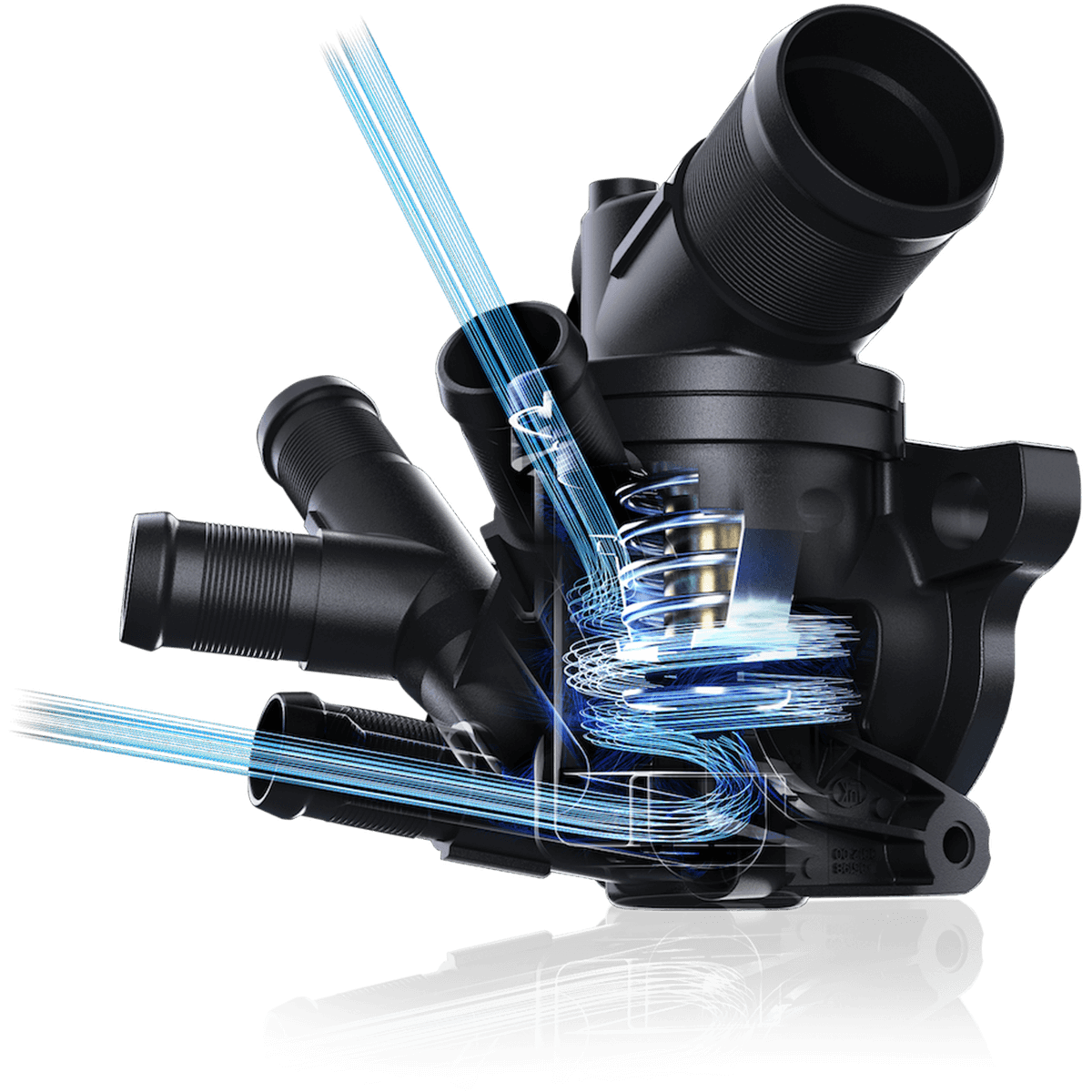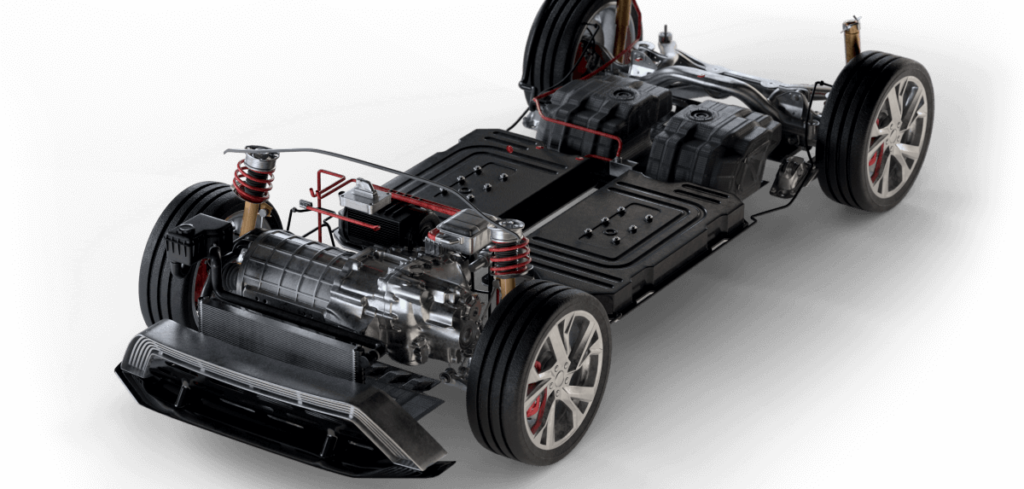Newly established tech company Thermal Management Solutions Group (TMS), which brings together different expertise to create one development powerhouse, says it is helping the industry to transition from the ICE to electrified powertrains with state-of-the-art fluid temperature control systems. TMS was officially formed in March 2021 from three automotive brands – Dauphinoise Thomson, Magal and Wahler, and is said to be uniquely positioned with worldwide facilities and manufacturing capabilities. Paddy Lange, VP of global engineering and sales, discusses the demands and difficulties of engineering next-gen thermal management solutions.
What R&D projects is TMS currently working on?
Many of the ICE temperature control systems applied in ICEs are also applicable in the hybrid market. What we’re working on here is increasing the value-added, so we’re working with customers to provide more of an integrated system to reduce the amount of vertical integration and provide something that we assemble and test to specification. This would mean that they don’t need to buy different components, hoses and valves, etc or use as many suppliers. Some clients are also looking at adopting these subassemblies in their full EVs.
We’re also working on electric valves for EV applications. These requirements are changing from what we’re used to with regard to ICE. In full BEVs you have cooling requirements for several components such as the rotors, stators and power electronics. A lot of heat is generated, especially in the power electronics of higher-performance engines. We’re working on being able to switch different circuits on and off, and the trend here is toward electric valves.
We are working on several electric vehicle projects, including, for example, an electric bus application.
For high-performance vehicles and trucks we’re still working on ICE solutions, and in the future there’s a good chance these will go into battery applications for buses, too.
What are the thermal management considerations in an electrified engine?
One of the biggest changes from an ICE to an electric powertrain is that many components have been eliminated. These engines do not have gearing. In BEVs you don’t have the high temperatures, but instead, you have low temperatures. In an electric powertrain, there are various different elements with different cooling requirements.
Cooling of the power electronics is a particular challenge as the method of cooling must be carefully chosen because having fluid and electronics close together is dangerous. This presents challenges with regard to leakage and sealing.
Although this all sounds quite straightforward, when it comes to reliability and ensuring that the vehicle can cope in different terrains, climates, and regions, the engineering detail that’s required in this new phase is quite a lot, even with the most seemingly trivial challenges.
What has been the biggest challenge?
We’re using proven technology and innovating to alter it for battery-electric vehicle applications. A key element of this is getting up to speed with the different requirements and architectures. Companies are adopting different approaches, so establishing which customers we will be working with, and finding the right solutions for them, is a challenge.
One of the biggest difficulties has been acquiring knowledge, which relies on customers sharing their experiences. With the travel restrictions due to Covid, we haven’t been able to visit our customers.
As the industry is in this infancy stage, some players aren’t even sure what they need. Something that was touted a year ago, which we were certain would be the solution, is in some cases, a year later, perhaps not the latest thing that customers want or need. The advantage of being a medium-size company is that we have all development competencies in-house – from conceptualization right through to production.



